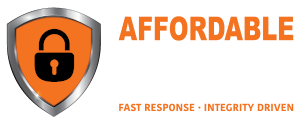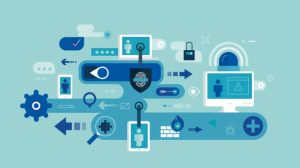In the ever-evolving landscape of remote work, ensuring the security of endpoints—devices like laptops, smartphones, and tablets—is paramount. With the proliferation of remote work setups, companies face increased risks associated with data breaches, malware attacks, and other cybersecurity threats. In this blog post, we delve into endpoint protection best practices for remote work environments, emphasizing the importance of safeguarding devices and data wherever employees may be.
Understanding Endpoint Protection
Endpoint protection refers to the security measures deployed to protect endpoints—devices connected to a network—from various cyber threats. In the context of remote work, these endpoints extend beyond traditional office networks to include personal devices used by employees from various locations. Endpoint protection solutions encompass antivirus software, firewalls, encryption tools, and more, aimed at securing devices and preventing unauthorized access.
Key Challenges of Remote Work Endpoint Protection
Remote work introduces unique challenges that complicate endpoint protection efforts:
-
Diverse Device Landscape:
Employees use a variety of devices, including personal computers and mobile devices, making it challenging for IT teams to enforce uniform security standards.
-
Unsecured Networks:
Remote workers often connect to public Wi-Fi networks, which are inherently less secure and susceptible to interception by malicious actors.
-
Increased Phishing Attacks:
Remote workers may be more vulnerable to phishing attacks, as they lack the immediate support and oversight available in office environments.
Endpoint Protection Best Practices
To mitigate these challenges and enhance endpoint security for remote work environments, consider implementing the following best practices:
-
Deploy Endpoint Security Solutions:
Invest in comprehensive endpoint security solutions that offer antivirus protection, firewall capabilities, intrusion detection, and data encryption. Choose solutions that provide centralized management and visibility across all devices.
-
Enable Multi-Factor Authentication (MFA):
Implement MFA for accessing corporate systems and applications. Require remote workers to verify their identity using multiple factors such as passwords, biometrics, and one-time codes, adding an extra layer of security.
-
Establish Secure Remote Access:
Utilize virtual private networks (VPNs) to create encrypted tunnels for remote workers accessing corporate resources. VPNs ensure secure communication over public networks, safeguarding sensitive data from eavesdropping and interception.
-
Educate Employees on Security Awareness:
Conduct regular training sessions to educate remote employees about cybersecurity best practices, including identifying phishing attempts, avoiding suspicious links, and maintaining strong passwords. Encourage them to report any security incidents promptly.
-
Implement Endpoint Detection and Response (EDR):
Deploy EDR solutions to monitor and respond to endpoint threats in real-time. These solutions provide visibility into endpoint activities, enabling early detection and rapid response to potential security incidents.
-
Enforce Device Encryption:
Require remote workers to encrypt their devices to protect sensitive data in case of loss or theft. Full-disk encryption ensures that all data stored on the device is unreadable without the decryption key, safeguarding it from unauthorized access.
-
Regularly Update Software and Firmware:
Keep all devices, applications, and firmware up to date with the latest security patches and updates. Regularly scheduled updates help address known vulnerabilities and strengthen the overall security posture of remote endpoints.
In today’s remote work landscape, endpoint protection is critical for safeguarding sensitive data and maintaining the security of corporate networks. By implementing the best practices outlined above, organizations can mitigate the risks associated with remote work environments and ensure that endpoints remain secure against evolving cyber threats. Prioritizing endpoint security not only protects valuable assets but also instills confidence among remote employees, enabling them to work productively and securely from any location.






